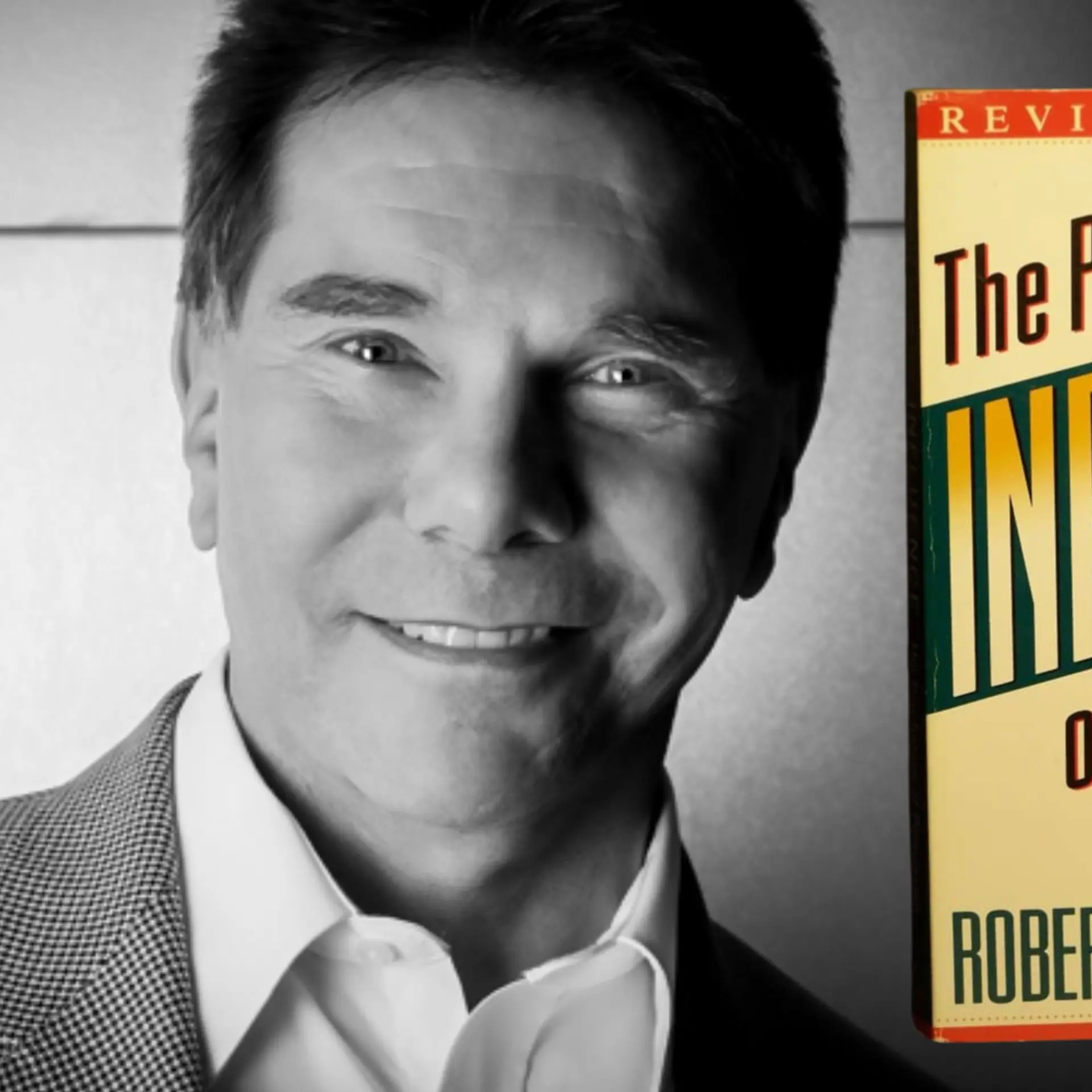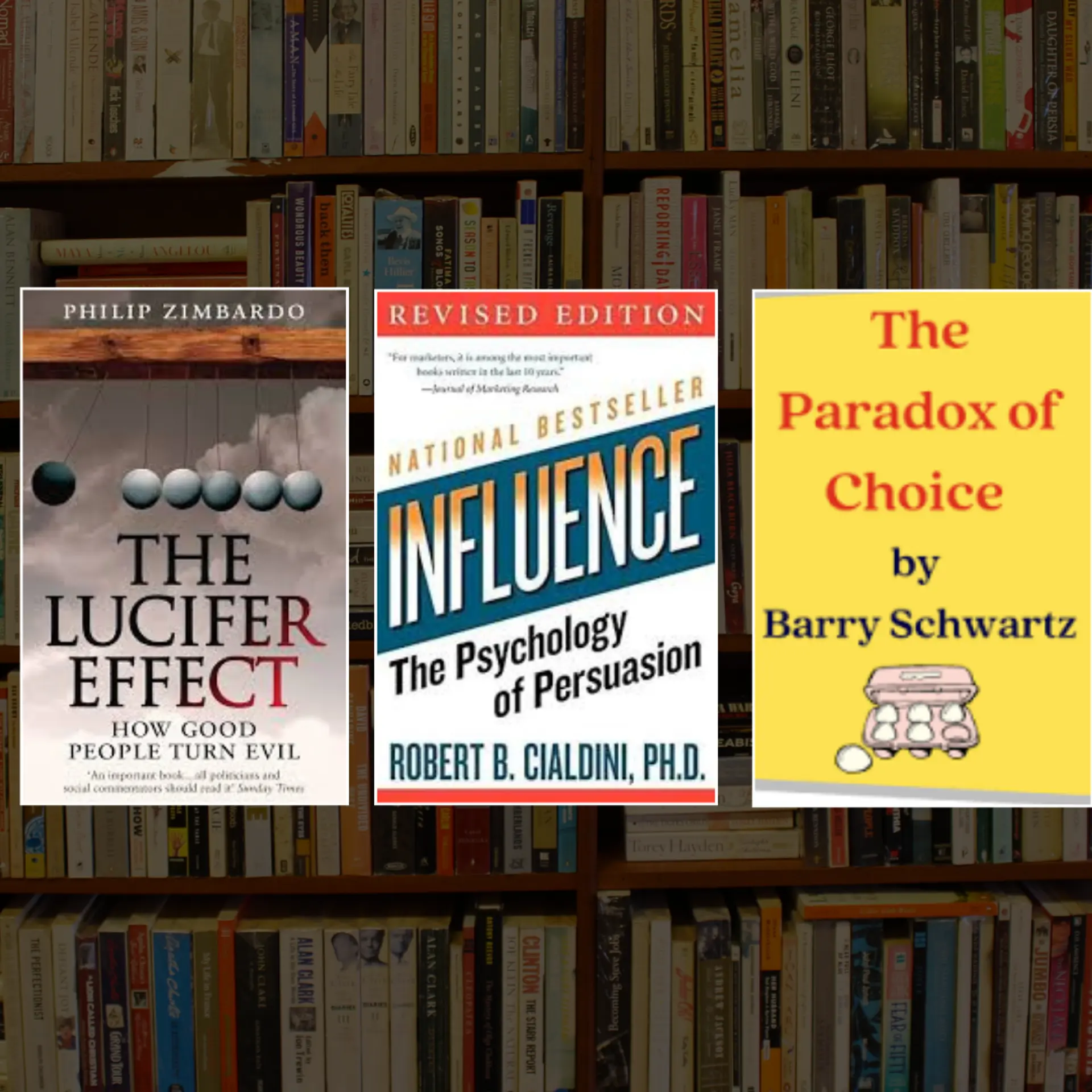Engineering has been the back-bone to the advancements of our civilization, we see it everywhere, use it in our daily lives - From cars, to computers to mobile telephony. The world is changing fast, and engineers are making it happen. To put weight to this thought, a new trend in computing is Natural User Interfaces or NUIs.
To understand this NUIs, let me brief you about how computers have evolved over the generations. Very early in computing, programming was non-existent, electronic engineers had to hard-wire instructions on to the computer so it performed whatever was wired onto it. But later on, Micro-processors changed that, and a new breed of software engineers were born. But still Human - Computer Interaction is limited to either using a keyboard to type or a mouse to navigate. In smart-phones these days, we see a new light in touch and speech which is more natural. This is the evolution story.
Computing through senses, human-senses at that, is the market of the future. Universities across the World offering courses in User Interfaces are being flooded with enthusiast students, this trend will only gain more momentum.
Microsoft Kinect, deserves a mention here as it is one of the first devices to introduce hands-free computing. You don't have to touch the computer at all, just hand-actions will do the trick. This is gesture computing, a true innovation and one for the history books.
If you are an engineering student and love hacks, don't wait, Microsoft has already released a Kinect SDK for Windows so you can start writing code that can do all sorts of things! Yes, you can write your own gesture-computing software.
A large part of this trend is thanks to advances in silicon manufacturing, today my small smart-phone can do what only a super computer could have done ten years ago. SoCs or System on Chips are also the trend. With SoCs, each and every everyday device can be powered with an entire computer. I was reading a blog about wifi enabled coffee makers, crazy eh?
Coming back to NUIs, there are many software frameworks that you can use to create an NUI yourself like OpenCV, short for Open Computer Vision. It's a framework which will empower you to make a computer's webcam act like eyes. You can make the computer see and understand. Yes, understand. Although you would require a fair bit of understanding of co-ordinate geometry.
Here are some crazy innovative projects by CMU Students,
1. Snap by Kaushal Agarwal:
It allows you to take a photo - just by making an 'L' gesture with your hand! Snap is built on the idea of allowing people to click pictures on-the-go. It uses a camera mounted on the user's glasses to capture and save pictures onto a mobile device. The user can snap a picture simply by creating an 'L' with her thumb and index finger -- literally framing a shot with her hands.
2. Be a Tree by Evan Sheehan:
Be a Tree is an interactive installation wherein the viewer is transformed into, well, a tree! While standing in front of the piece with one's arms raised, the viewer's body forms the trunk, and the arms form large boughs, as branches sprout from the viewer and eventually grow blossoms at their tips.
3. Tango by Alexander Rothera:
Tango populates a single space with people captured from separate moments in time. Using the Kinect sensor, it can be deployed both as a whimsical interactive installation, or as a tool for creating interlocking spatial-temporal choreographies.
Google's Project Glass also gets a worthy mention here, check out this video:
These projects, though in somewhat early stages can greatly change how humans are using computers. We are not only using them for business productivity or scientific explorations anymore, we are using it as an extension to ourselves, an extension to our capabilities. Topics like Augmented Reality, Computer Vision, Biometrics, Machine learning, Language Processing are the areas that engineers of today are building on so our future is even more intuitive and exploitative rather than just monotonously linear use of technology. This is computational art and it's a world of innovation.
Disclaimer: This article is mine, and the computational art projects were found on golancourses.net






